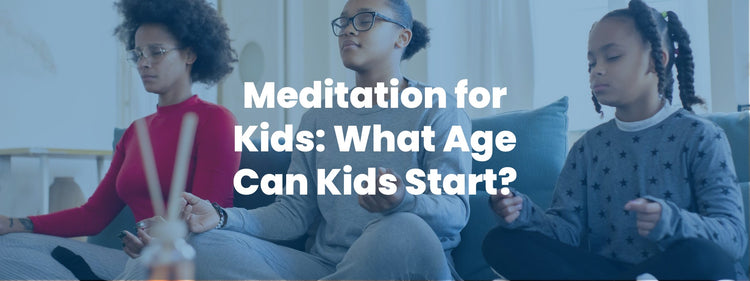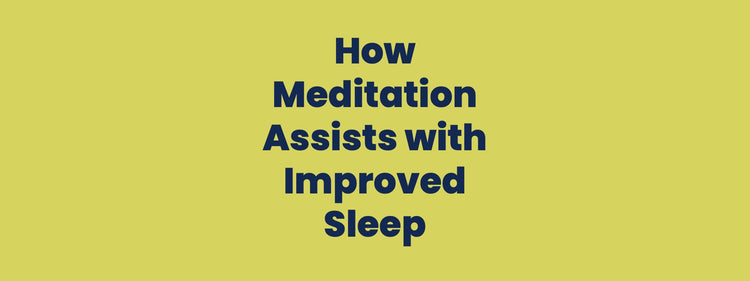Mindfulness For Kids Guide

Mindfulness for kids is often very much overlooked as kids tend to have big imaginations and are brimming with ideas and thoughts and feelings and questions about life, the world, what’s for dinner, and how much longer this car ride will last for.
Although most kids do not share the stresses and pressures that draw adults to mindfulness (kids’ stressors are different from adults’ stressors), it is still helpful to teach kids mindfulness, since it can greatly benefit their lives and make the whole family’s daily life more peaceful. Anxiety is at an all time high for kids of all ages, so children need mindfulness techniques now more than ever. Children of all ages should be taught mindfulness exercises as this can help to minimise anxiety and boost their happiness.
Benefits of Mindfulness Activities For Kids:
- Improves Happiness
- Reduces Anxiety
- Relieves Stress
- Calms the mind
Creating a calm home environment is one of the chief goals of The Calm Caterpillar, so this is why, along with our great products such as the Calm Corner Kit, we created a Mindfulness Calendar offering a schedule for breathing techniques over the course of thirty days, which you can get by reaching out to us on our website.
What is Mindfulness, Exactly?
We have been throwing the word mindfulness around, but you may not know what it even means, or perhaps only have a vague indication of what it is.
Life can be overwhelming and stressful based on the circumstances of our life in general, or just a single event, big or small, that creeps into our day. Mindfulness serves to reduce the feeling of being overwhelmed and stressed out by helping people get a control over consciousness.
Mindfulness refers to a calm awareness and acceptance of the various thoughts, feelings, inclinations, bodily sensations, and other mind-based activity that typically drives and influences our behavior.
Mindfulness is taught so that we have a greater degree of control over our lives and how we conduct ourselves. We realize that not only are we not our thoughts, but that we have control over how we can respond to thoughts and feelings. Realizing that much of our stress and other negative emotions is caused by our response to bad or unwanted thoughts, rather than the thoughts in themselves, is the key to gaining control over your consciousness.
Mindfulness techniques often come in the form of breathing exercises, as these can help you focus on a simple process, one that is fundamental to life. Read on for some of the mindfulness techniques that are on our calendar.
Buzzing Breath
Otherwise known as “bee breath,” the key to this technique is to make a buzzing sound whenever you are breathing. Close your eyes and smile (it helps), then take a deep breath in, then breathe out with the humming sound of a bee.
Buzzing breath works because it is basically a more fun version of a sigh, which relieves stress. Also, kids have a lot of fun imitating animals, such as in the Lion’s Breath breathing technique.
Balloon Breath
Pretend you have a balloon in your stomach, and breathe in and out as if you are trying to make the balloon large and small, alternately.
What this basically means is noticing how your stomach rises with your breath. With a really deep breath, you can make your stomach really rise, while with a smaller one, you can make your stomach rise just a little bit.
A fun way to do this is to pretend that you're blowing a balloon from small to large: Start with small inhales and exhales, then work your way up to your comfortable limit.
Box Breath
Also called Four-Square Breathing, what you do here is take a 4-second inhale followed by a four-second exhale. Do that four times, then repeat as you wish.
The repetition and predictability of this technique can be majorly beneficial for calming your mind, as it will feel like it has a “task” to focus on, that being timing the inhales and exhales.
The Calm Caterpillar Is Here to Help
Hopefully these mindfulness exercises can help you and your children achieve a calmer mindset to bring throughout the day, which is especially important now that school is on the horizon.
Remember to reach out to us on our website to receive The Calm Caterpillar Family Breathing Calendar. This mindfulness breathing calendar can be used even if you do not have a family, so be sure to check it out. You can also check out the calendar below:
If you are looking for a more detailed rundown of some of these breathing techniques, such as Lion’s Breath and Buddy Breathing, then check out our previous blog on breathing techniques here!



